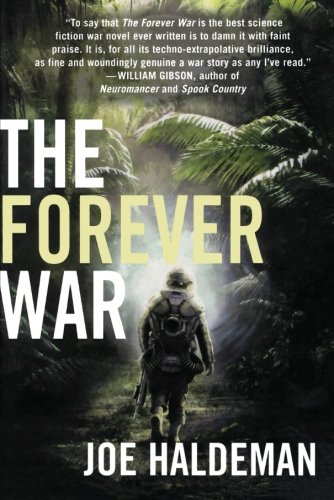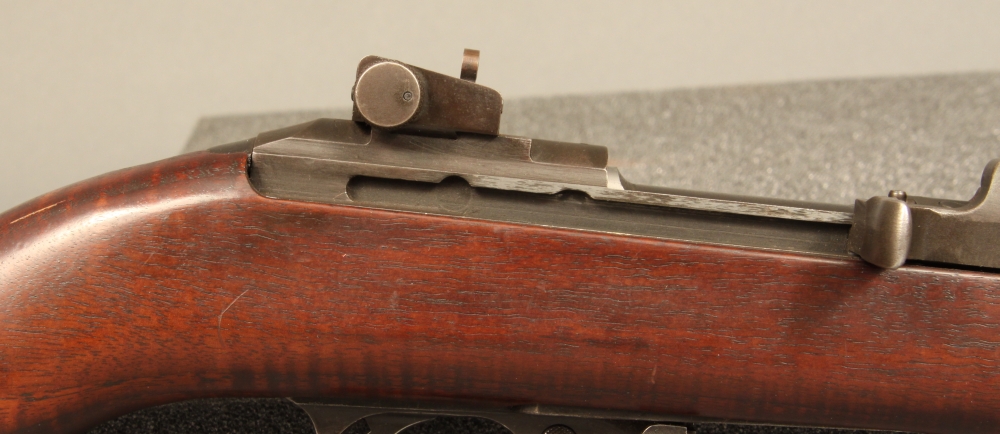

Paratroopers used the M1A1 variant with a metal folding stock. It offered a lighter rifle than the M1 Garand and more range and power than the. While its original intention was for rear echelon types, it found its way to frontline troops. While the main infantry force was to use a mix of M1 Garands and Thompsons, the M1 Carbine became an instant hit. With Hitler knocking on the door, the M1 Carbine couldn’t have come at a better time. The prototype proved successful, and after a little cleaning up, the M1 Carbine was born. 30-06 M2 project.Ī team of five engineers produced a prototype in 13 days. After the Ordnance department found the submitted carbines unsatisfactory, they began to consider scaling down their. Winchester developed the cartridge and initially did not submit a rifle design. John Garand, Thompson, H&R, Savage, and more submitted to the trials with a wide swath of different types of rifles and carbines. The Light Rifle Contest began, and entries flooded in. It needed to weigh half as much as an M1 and have an effective range of about 300 yards. The Army decided they wanted a light rifle. The M1 Thompson was too expensive, heavy, and slow to produce to arm rear echelon personnel. The M1911 was still just a handgun and not a choice many would take when going to war. Newly formed paratrooper units also needed a light rifle, and they got added to the list of recipients. Truck drivers, artillery gun bunnies, radiomen, typists, cooks, and similar roles didn’t need the big M1 Garand.

It’s a full-powered battle rifle, and it turned out not everyone needs a full-powered battle rifle. It’s no secret the M1 Garand is a big, heavy rifle. What was the purpose of the little gun? The M1 Carbine – A Need and Purpose The rifle was bought from a old lady whose husband was in WWII in Europe and brought the gun back after exiting the service.It’s still an odd duck in a military armed with Thompsons, M1 Garands, and BARs. Let me know if I'm completely wrong on the parts. "Flaming bomb" and "crossed cannons" bottom of barrel on flat part near receiver = US Dept of Ordanance acceptance "Flaming bomb" on left side of gas block = US Dept of Ordanance acceptance "B" stamped on top of barrel behind gas block = proof mark of inspector Top fore stock (early two-rivet) stamped Q-RMC = made by Rock-Ola for Quality Hardwareīarrel stamped Buffalo Arm 10-1943 and flaming bomb stamped underneath date = Buffalo Arms Stock stamped in slanted sling well Q-RMC = made by Rock-Ola for Quality Hardware Slide (Type I (arm joint 11/32) or Type II (arm joint 7/32)) stamped inside of well DA-Q = made by Dalkin Company A.

Recoil plate (on rear of receiver) stamped underneath on bolt hole tang RO-Q = made by Rouse & Company H.B. Magazine catch stamped EP-Q = made by Eaton-Pond Company for Quality Hardware Hammer (Type II dog leg style) stamped on left side LT-Q = made by Ludlow Typograph for Quality Hardware

Sear stamped on top GE-Q = made by The Gerrad Company for Quality Hardware Trigger stamped LT-Q = Ludlow Typograph for Quality Harware Trigger housing (Type II single bevel) stamped on right side Q-NL = made by National Lock for Quality Hardware Receiver (Type I with detachable spring guide housing) no markings, but it is a possible Quality Hardwareīolt (Type II flat-top) stamped on right lug EM-Q = made by Elgin Metal Novelty Company for Quality Hardware Rear sight (Type 1 Flip-style non-adjustable) stamped on left side S and GE-Q right side = made by The Gerrad Company for Quality Hardware Is this common? All other parts are labeled as follows:įront sight stamped POB = I.B.M.
#M 1 carbine serial numbers serial number#
I have a M1 Carbine that does not have a serial number or manufactures stamp.


 0 kommentar(er)
0 kommentar(er)
